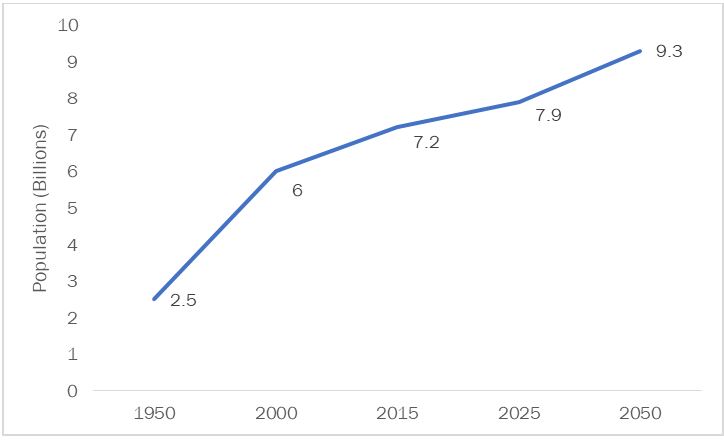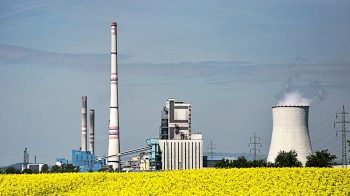Agricultural fumigants are volatile chemical compounds, generally used to get rid of the soil-borne diseases and pests before planting, which is effective in reducing crop losses. Soil fumigants are majorly used in the countries were monoculture is the common agricultural farming practice. Due to the growth of soil-borne pathogens in abundance in combination with nematodes and weeds, soil fumigation has gained popularity in cultivation of horticultural crops worldwide. Alongside, crops in storage warehouses, are also attacked by pests, leading to loss of agricultural produce. Fumigating the fields is practiced largely before planting because it is the most cost effective and efficient way to control soil-borne diseases and pests and reduced post-harvest losses.
The commonly used agricultural fumigants are Propylene oxide, Phosphine and Chloropicrin either in solid, liquid or gaseous form. With the increase in the demand for good quality produce, an upward trend is witnessed in adoption of advanced farming practices and innovative technology. Thus, a significant growth of agricultural warehouses, storage facilities and related materials, like fumigants, is observed worldwide. The global agricultural fumigants market is estimated to be valued at USD 1.59 Billion by 2017 and is projected to reach USD 1.94 Billion by 2022 at a CAGR of 4.10% during the forecast period.
Post-harvest losses & increasing population leading to demand for agricultural fumigants
In recent years, the demand for food has urged the farmers to increase the agricultural productivity. It is estimated to increase in many regions like Europe, South America, and Asian countries. According to FAO, many countries are engaged in agriculture production, which would boost the demand for agricultural fumigants to improve the crop yield and limit losses. High yields in agricultural production can be achieved by adopting new technologies, such as fumigants, to control the losses caused during post-harvest. Lately, developing countries are adopting innovative technologies, which have created more opportunities for the fumigants market. In countries, such as Brazil and Argentina, the adoption of fumigants is estimated to grow at a rate well above its regional average.
Below is the table, which shows increase in the population over the years, leading to the requirement of more food grains, hence paving way for higher crop production.
To know about the assumptions considered for the study, download PDF brochure

Source: FAO and MarketsandMarkets analysis
Meeting the food needs of growing population is emerging as a great challenge and reducing the post-harvest losses can be one of the sustainable ways to increase the food availability for developing countries. According to FAO, current world population is expected to reach 10.5 billion by 2050, leading to global food security concerns. Most of the countries focus on improving the agricultural production, technology use, measures to control population, to cope up with the increasing population. But post-harvest losses are also a key issue and the reduction of the same can result in higher availability of food grains, to meet increasing demand from growing population food demand. It not only reduces the quality of the crop but also makes it unsuitable for human consumption. Post-harvest losses can be prevented with the method of fumigation.
To speak to our analyst for a discussion on the above findings, click Speak to Analyst
For instance, ammonia gas fumigation prevents the decay of citrus post-harvest, caused by Penicillium digitatum and Penicillium italicum. This type of fumigation results in natural transition of color of the crust from green to yellow, without hampering the quality of the citrus fruits. This method also helps in the proper cleaning of storage areas, silos and warehouses. Hence, also employed as a pre-harvest cleaning method for storage of grains. The focus of the countries to increase the quality & quantity of agricultural production can be achieved by controlling the agricultural losses and therefore it is expected to accelerate the market for fumigants in the coming years. All above factors are set to drive the market for agricultural fumigants across the globe.
